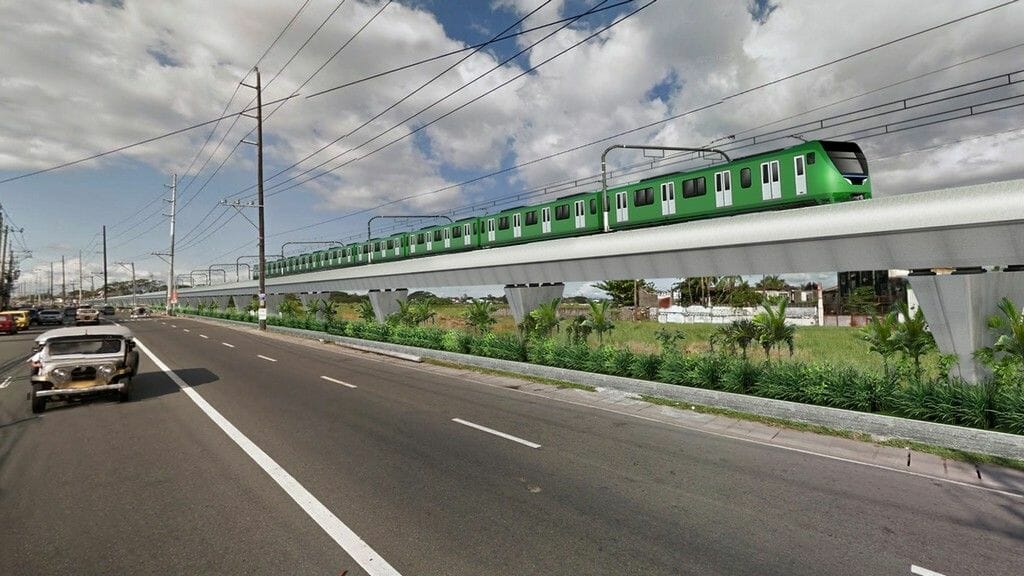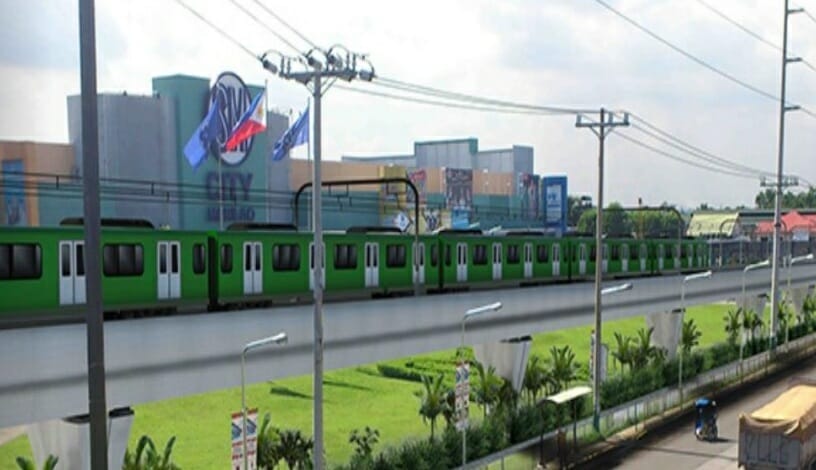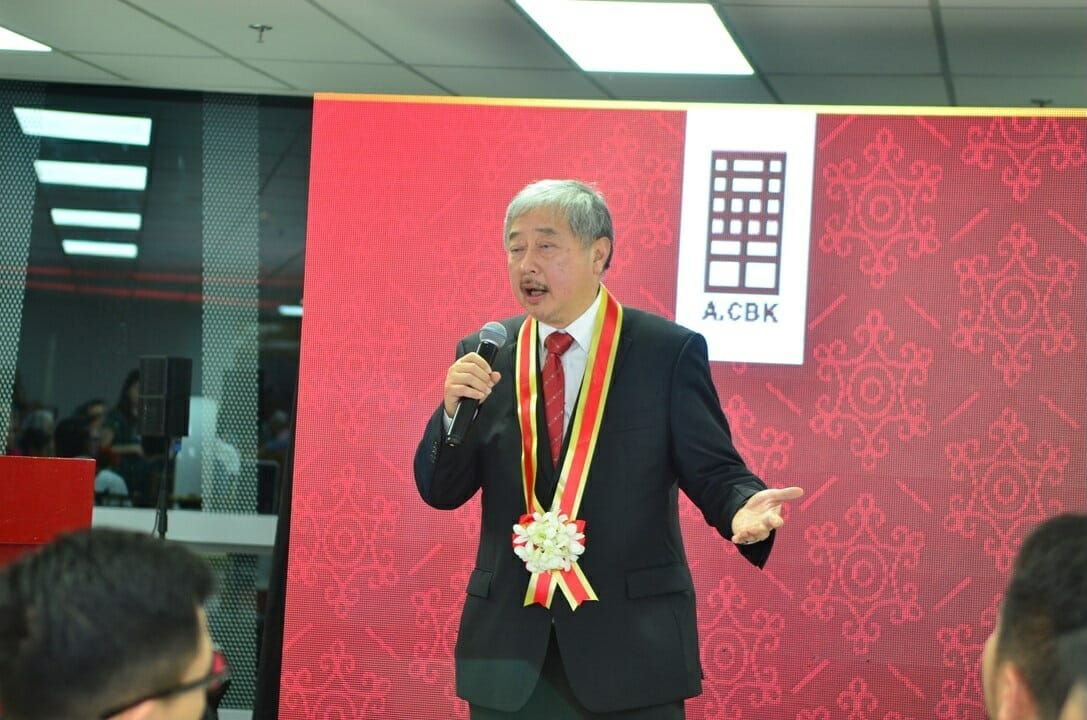Malolos-Clark Railway Bidding
Project Description
The project will support the construction of two sections, totaling 53.1 kilometers (km), of the North-South Commuter Railway (NSCR), a 163 km suburban railway network connecting the regional center of Clark in Central Luzon with Metro Manila and Calamba, Laguna. The Malolos-Clark Railway Project comprises: (i) Malolos-Clark section (51.2 km) from Malolos to Clark and Clark International Airport, and (ii) Blumentritt extension (1.9 km) connecting Solis and Blumentritt stations in Metro Manila District I (City of Manila).
Both sections are part of the NSCR and extensions of the Tutuban-Solis-Malolos section financed by the Japan International Cooperation Agency. The NSCR will be completed during 2022-2025 as an integrated 163 km dedicated suburban passenger railway system comprising four sections: (i) Tutuban-Solis-Malolos, (ii) Malolos-Clark-Clark International Airport, (iii) Solis-Blumentritt-Calamba, and (iv) Clark-New Clark City.

The project will provide affordable, reliable, and safe public transport; reduce greenhouse gas emissions; and contribute to cutting travel time from Metro Manila to Clark from 2-3 hours (by bus) to less than 1 hour by rail.
Project Rationale
The Project will support the national spatial strategy (NSS) of the Philippine Development Plan (PDP) 2017-2022, which serves as the basis for policies on urban and infrastructure development in accordance with AmBisyon Natin 2040.
The NSS recognizes the role of cities as engines of economic growth and poverty reduction, and infrastructure to provide efficient connective networks of sustainable communities. It aims to decongest Metro Manila and direct growth to other key areas and address spatial and socioeconomic inequalities by linking lagging regions with leading ones, rather than advocating the uniform dispersal of development. The Government’s “Build, Build, Build” Program in which the Project is included, builds upon this national strategy.
Executing Agencies
Department of Transportation
The Columbia Tower, Brgy. Wack-wack,
Ortigas Avenue, 1555, Mandaluyong City
Philippines
Contact Person: Only GineersNow advertisers can access
Project Cost
$6.139 billion US Dollars and will be funded by ADB and other counterpart financial firms.
- ADB $2.75 billion (44.8% of the estimated total project cost)
- Jica $2.011 billion which is 32.75% of the total project cost)
- Philippine government $1.378 billion (22.45% of the total project cost)

Project Schedule
| Start of Detailed Design Phase | Sept. 2018-May 2019 |
| Signing of Loan Agreements | Dec-18 |
| Expected opening of MCRP (Phase 1) | 2022 |
| MCRP (Phase 2 Commuter Train) | 2025 |
| Connection of MCRP (TutubanMalolos): | 2022 |
Suppliers and Materials Requirements
Contractors for Water Supply
The water requirements for the construction and operation of the Project will be sourced from the local providers in the area.
Suppliers for Instrumentation and Control System
The Instrumentation and Control system is designed to ensure safety, reliability and efficient operation of the railway system enables Automatic Train Protection (ATP) system and manual operation of EMU and allows the operator to start-up and shut it down safely and promptly as the need arises.
Construction of Stations
The line will have seven (7) stations. The elevation (elevated or at grade) of the stations has yet to be decided during the supplementary Feasibility Study and Detailed Design.
Construction of Administration Building
An administration building will be built for the PNR Clark Phase 2, which will house the control rooms, office, security/first aid, kitchen/dining, toilet/locker, workshop & consumables.
Contractors for Fire Protection System
To protect the facility in the event of fire or fire risks, a fire protection system will be installed, composed of the following components: CO2 fire extinguisher sytems; heat and smoke detector system; fire hydrants with hose stations; fire & general services pumps and portable fire extingushers.
Contractors for Air Pollution and Noise Control Facilities
The air pollution and noise levels which will be generated during construction are temporary in nature, but nonetheless will be appropriately mitigated. During operation the Project is not expected to generate air pollution. Noise from the operation of the EMUs is expected to be within standard limits. However, at the stations, some buffer structures will be provided to reduce noise levels particularly in noise sensitive receptor areas.
Water Pollution Facilities Management
Wastewater from the administration and Depot Facilities will be treated in a Sewage Treatment Plant (STP) prior to discharge into receiving body of water. Effluent from STP will be monitored to ensure that its quality meets the DENR standards.
Solid Waste Management Facilities Management
Waste material generated will be classified as hazardous and non-hazardous wastes. Separate receptacles and storage areas will be established for each type of waste identified at the Project site. Non-hazardous solid waste will be classified as compostable, recyclable, and residual. These will then be properly disposed of, based on their classification. DOTr shall comply with disposal regulations as stipulated in the Ecological Solid Waste Management Act of 2000 or Republic Act 9003. Hazardous waste will be classified based on Republic Act 6969 or the Toxic Substances and Nuclear Wastes Control Act 1909. It will be handled, stored and transported according to Philippine standards and treated through DENR-accredited hazardous waste treaters. The following are the solid wastes generated from the proposed Project:
- Household waste consisting of compostable waste materials from food and recyclable or
residual materials such as plastics, wrappers, crates or boxes for food supply of workers and/or employees. - Debris and other materials removed from construction activities such as spoils or
excavated materials - Industrial solid wastes, such as damaged vehicle and equipment parts, etc
- Hazardous wastes such as fuel/lube oil sludge, used oil, Used Lead Acid Batteries
(ULAB’s) and busted fluorescent lamps (BFL’s)

Technology Selection
The DOTr will utilize an Electric Multiple Unit (EMU) Train for the Project. An EMU is a multiple unit train consisting of self-propelled carriages, using electricity as the motive power. An EMU
requires no separate locomotive, as electric traction motors are incorporated within one or a number of the carriages. An EMU is usually formed of two or more semi-permanently coupled
carriages, but electrically powered single-unit railcars are also generally classed as EMUs.
EMUs are popular on commuter and suburban rail networks around the world due to their fast acceleration and pollution-free operation. Being quieter than diesel multiple units (DMU) and locomotive-drawn trains, EMUs can operate later at night and more frequently without disturbing nearby residents. In addition, tunnel design for EMU trains is simpler as no provision is needed for exhausting fumes, although retrofitting existing limited-clearance tunnels to accommodate the extra equipment needed to transmit power to the train can be difficult.
Resources
EMU Rail Cars Manufacturers and Suppliers are present in various countries around the world and access to these units is fairly easy. Likewise, all other materials and services for the reconstruction of the railway are available both locally and abroad.
Project Components List
- Viaduct/ bridges: over 37.0 km.
- Embankment: over 13.50 km
- Bridge crossings (Rivers/Highways)
- Depot, Workshops and Operations Control Center (OCC), 23 Hectares
- Stations (7)
Environmental Aspects
The project was assessed category A for the environment. Environmental impact assessments (EIAs) have been prepared for the Malolos Clark section and for the Blumentritt extension in compliance with the Safeguard Policy Statement. Key project environmental issues identified and addressed are dust emissions during construction, noise and vibration during construction and operation, waste generation, traffic congestion and impediments to public access, and occupational and community health and safety. Public consultations were undertaken during EIA preparation. The DOTr will ensure that (i) the EMP in the EIA will be incorporated in bid documents for all packages regardless of financing source; (ii) consultations with people affected by construction activities are carried out throughout construction; and (iii) a grievance redress mechanism will be established, adequately resourced, and publicized before commencing civil works.

Involuntary Resettlement
The project was assessed category A for involuntary resettlement. The project will require acquisition of 49 hectares (ha) of land: 46 ha for the Malolos Clark section and 3 ha for the Blumentritt extension. Resettlement impacts have been minimized by using PNR-owned land and government-owned land wherever possible. Out of the estimated 1,889 project affected households, equivalent to a total number of 7,581 project affected persons, the majority are expected to be severely affected and required to relocate and most of them are informal settlers. A resettlement and indigenous peoples planning framework (RIPPF) has been prepared for the MFF following the Safeguard Policy Statement to guide the preparation of the RAPs. The RAPs have been prepared for the Malolos Clark section and the Blumentritt extension based on resettlement surveys, social assessments, and consultations. The RAPs will be updated after the detailed engineering design has been completed. The RAPs mitigate involuntary resettlement impacts by providing compensation at replacement cost along with assistance for relocation and livelihood restoration. Measures have been incorporated to improve the living standards of vulnerable affected people.
Stakeholder Communication, Participation, and Consultation During Project Design
A communication and participation strategy for the project is under preparation with support by ADB TA 9570-PHI. Incorporating stakeholder analysis findings, the strategy will identify effective communication channels, best approaches to foster participation and partnerships, key messages, and means of integrating activities with the grievance redressal mechanism. The strategy will set forth implementation time lines, roles and responsibilities, budget, monitoring and evaluation requirements for project communication. Key components of the strategy will include proactively disclosing project information and activities to local communities and stakeholders; soliciting stakeholders’ input and feedback on beneficial mitigation measures; encouraging community participation in project activities that affect or could benefit stakeholders, such as civil works construction; and conducting awareness-raising activities related to HIV/AIDS, human trafficking, and safety measures.
During Project Implementation
The PMO will have overall responsibility for the implementation of the strategy, supported by the construction supervision consultant. Required resources will principally take the form of human resource input from local government units, local community-based organizations, and contractors involved in the project.
Malolos-Clark Railway bidding, Malolos-Clark Railway project, Malolos-Clark Railway Philippines, Malolos-Clark Railway Bulacan, Malolos-Clark Railway construction, Malolos-Clark Railway contractors, Malolos-Clark Railway suppliers
















